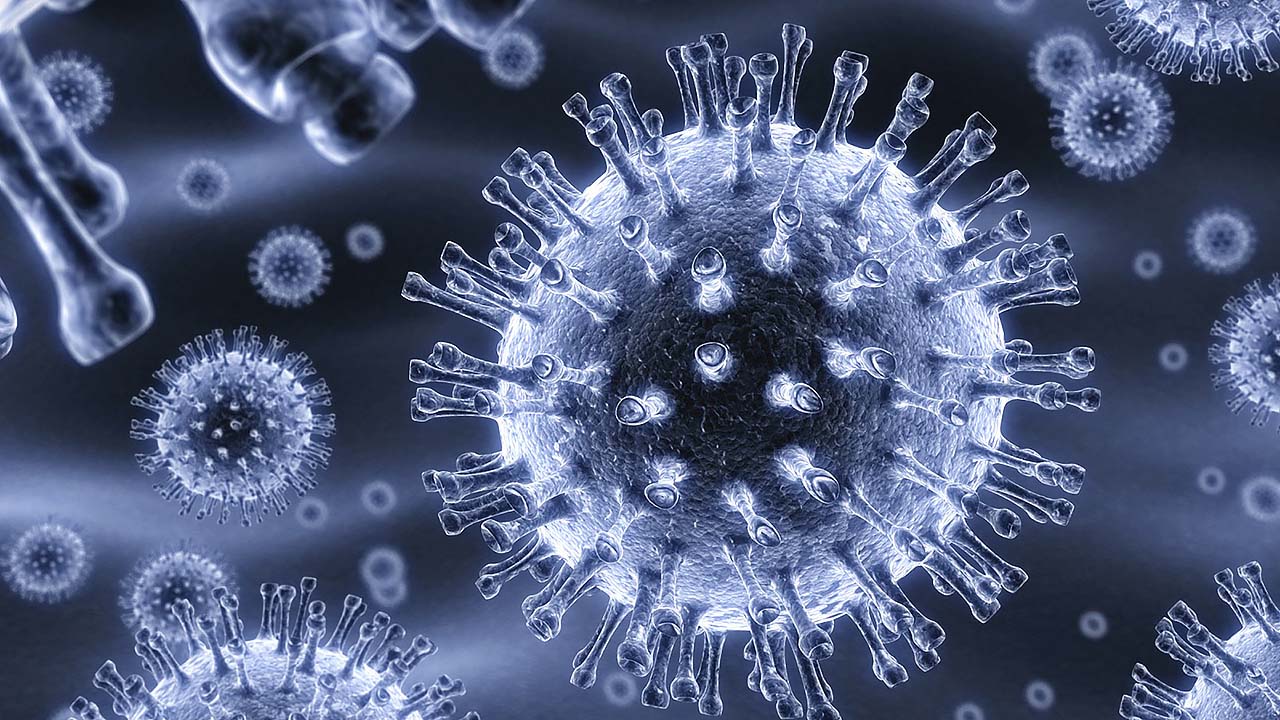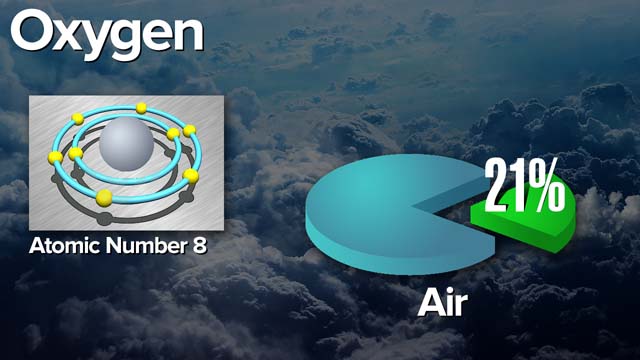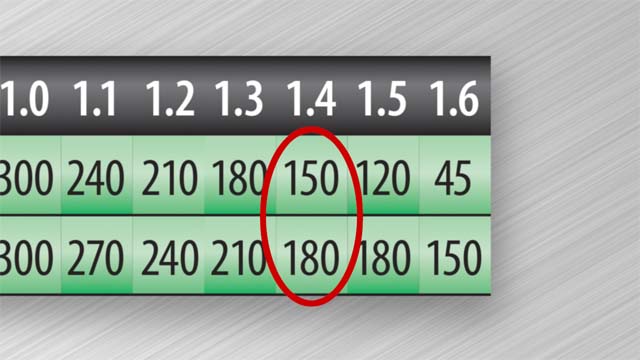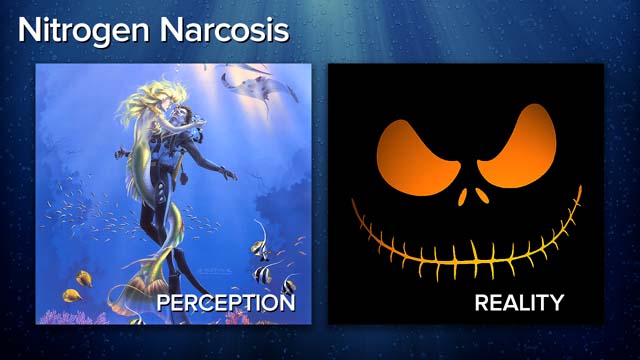Oxygen and Nitrogen

In this section, we discuss:
- Oxygen
- Two Types of Oxygen Toxicity
- Nitrogen
- Symptoms of Narcosis
- What role does oxygen play in the air we breathe?
- What are the two types of oxygen toxicity?
- Wha are the chief limitations of using nitrogen as a diluent for the oxygen in the air we breathe?
- What are the symptoms of narcosis?
Oxygen
Of all the gases we breathe, oxygen is the most important. It is one of the most abundant gases on earth. The atmosphere contains approximately 21 percent oxygen and 79 percent nitrogen. Colorless, odorless, and tasteless, oxygen easily combines with other elements.

Oxygen is our life support gas that we extract from air during respiration. Oxygen is the only gas in air that our bodies actually use; the other 79 percent of air just dilutes the oxygen. Our bodies metabolize oxygen to generate energy and heat.
However, breathing pure oxygen or gas mixtures with high concentrations of oxygen under pressure can be dangerous and may induce oxygen toxicity. Use of any gas mixture with an oxygen concentration greater than that found in air requires, as a minimum, Nitrox Diver training. Use of pure oxygen or gas mixtures with an oxygen concentration greater than 40 percent requires technical diver training and certification.
Two Types of Oxygen Toxicity
Divers may experience either of two types of oxygen toxicity — the severity of which depends on the intensity and length of exposure.
- Central Nervous System (CNS) oxygen toxicity is the most common. It’s been described as having your central nervous system short circuit. Above water, this wouldn’t necessarily be fatal. Under water, however, a diver suffering a CNS “hit” could lose muscle control, convulse, and have his or her regulator come out. This would generally result in death by drowning.
- Pulmonary oxygen toxicity results from very long exposures to elevated partial pressures of oxygen, making it less of a concern for recreational divers. These long exposures, such as those experienced during recompression treatments following decompression sickness, produce burning sensations while , after continued exposure, while exhaling, as the lung tissues suffer damage from exposures to high percentages of oxygen. The effects must be tolerated during treatment and there is no way to treat pulmonary oxygen toxicity. However, normal lung functions return after the treatment and exposure to high percentages of oxygen is complete.

You can avoid oxygen toxicity by staying within the recommended limiting PO2 of 1.4 ATA for recreational diving, and not exceeding a single-dive exposure of 150 minutes, or a 24-hour exposure of 180 minutes, as was covered during your Nitrox Diver course. When diving EAN32, you do not reach this limit until a depth of 34 m/111 ft — which is already beyond the recommended depth limit for recreational diving.
Nitrogen
The majority of normal atmospheric air, roughly 79 percent, is nitrogen. Nitrogen is metabolically inert, meaning that it doesn’t readily combine or interact with other elements. Hence nitrogen serves as a diluent in the air we breathe. Like oxygen, nitrogen is colorless, odorless, and tasteless.

Nitrogen is the primary component of the gas mixtures recreational divers breathe, whether normoxic air or Nitrox. Its chief benefit is that it is already present in air and poses no risk of toxicity, as oxygen does. Nitrogen, however, has two potential drawbacks:
- As our bodies don’t metabolize nitrogen, excess nitrogen builds up in our tissues under pressure. If we surface too quickly or do not allow the excess nitrogen sufficient time to off gas during ascent, we become susceptible to decompression sickness (DCS).
- The anesthetic properties of nitrogen can cause divers to experience disorientation and loss of judgment and coordination while diving (i.e., nitrogen narcosis).
Symptoms of Narcosis
The symptoms of nitrogen narcosis are:
- Impaired judgment
- Loss of coordination
- Euphoria
- Tingling
- Numbness in the extremities
Divers suffering from narcosis can, among other things:
- Make poor decisions
- Fail to adequately monitor depth, time and direction
- Fail to pay attention to team members
- Be unable to adequately render aid in an emergency
- Avoid deeper dives.
- Dilute the nitrogen with helium, which is not narcotic.
Using gas mixtures containing helium requires special training and is well beyond the scope of recreational diving.

It’s important to understand that, while you may seem to suddenly notice the euphoria or impairment associated with narcosis, its onset is gradual and in direct proportion to depth. The deeper you are, the more impaired you will be — whether you notice it or not. It is, however, generally held that the severity of narcosis symptoms can vary from diver to diver, and from day to day.
Divers can begin suffering significant impairment from narcosis any time they descend below 20 m/65 ft. In most divers, symptoms become more noticeable as depths approach 30 m/100 ft.
Despite claims to the contrary, you cannot build up a tolerance for narcosis, nor can you necessarily mitigate it by increasing the oxygen concentration in your gas mixture. There is evidence to suggest that, depending on circumstances, oxygen can be as narcotic under pressure as nitrogen.
One thing that may reduce the severity of narcosis symptoms, however, is keeping carbon dioxide levels now. This is why it is wise to plan deeper dives so that they require a minimum of exertion.
Key Points to Remember
- Oxygen is our life support gas that we extract from air during respiration; our bodies metabolize oxygen to generate energy and heat.
- The two types of oxygen toxicity experienced by divers are central nervous system toxicity and pulmonary oxygen toxicity.
- The chief limitations of using nitrogen as a diluent for oxygen are that it can result in decompression sickness and nitrogen narcosis.
- The symptoms of narcosis are:
- Impaired judgment
- Loss of coordination
- Euphoria
- Tingling and numbness in the extremities
Learn More on Wikipedia
